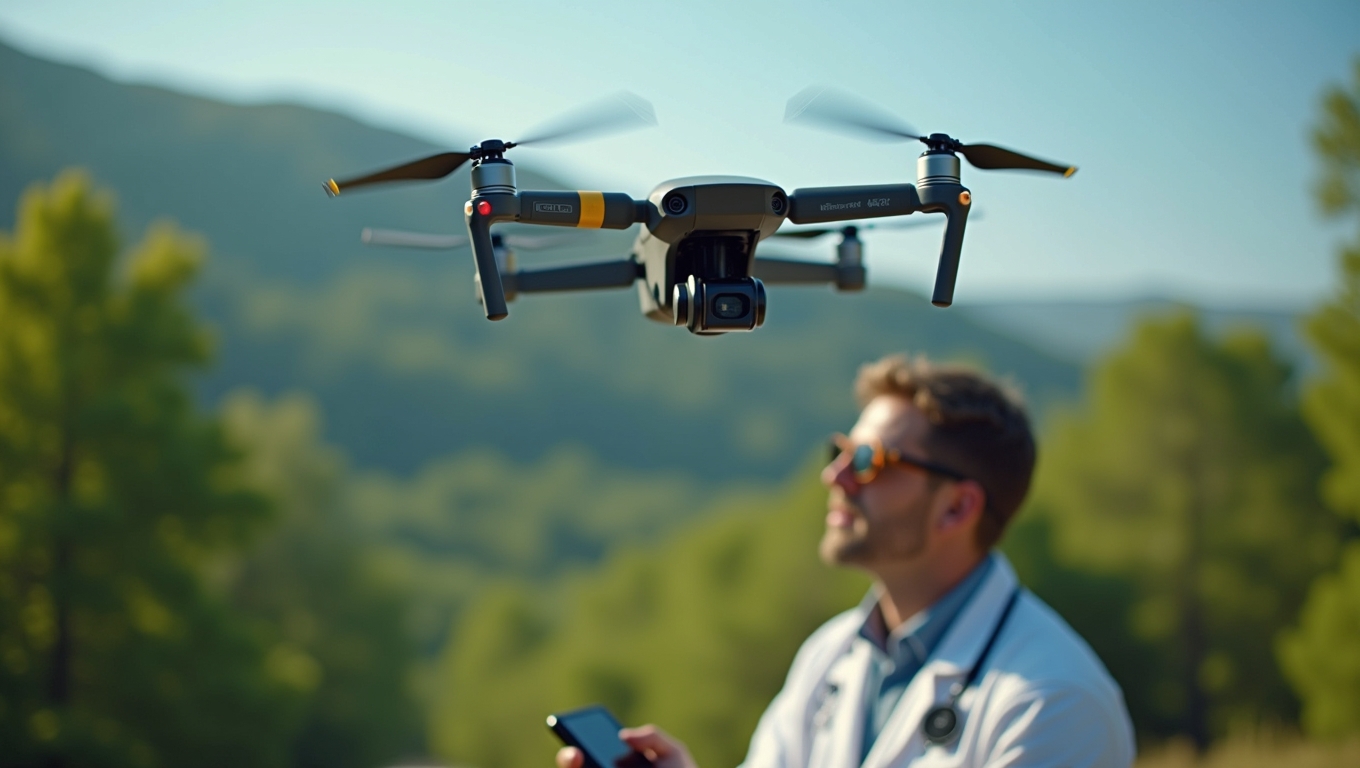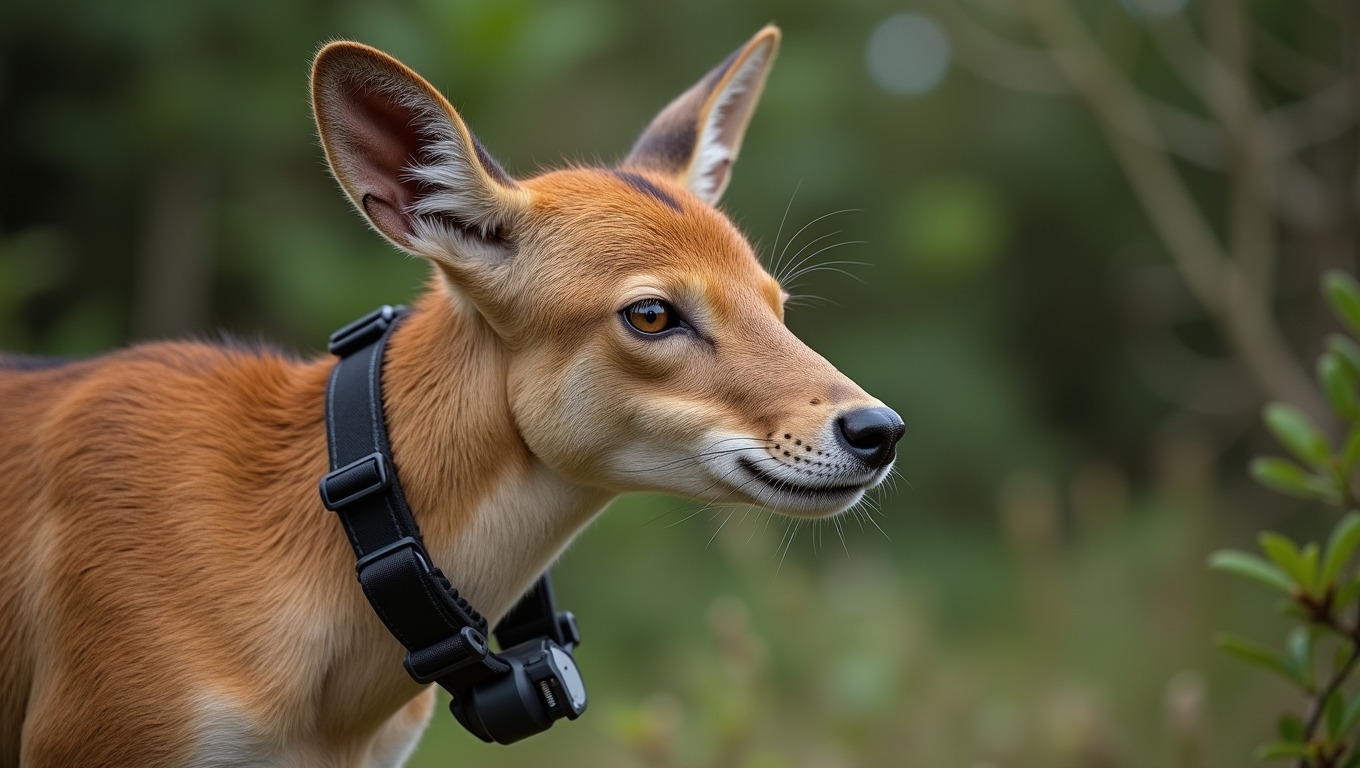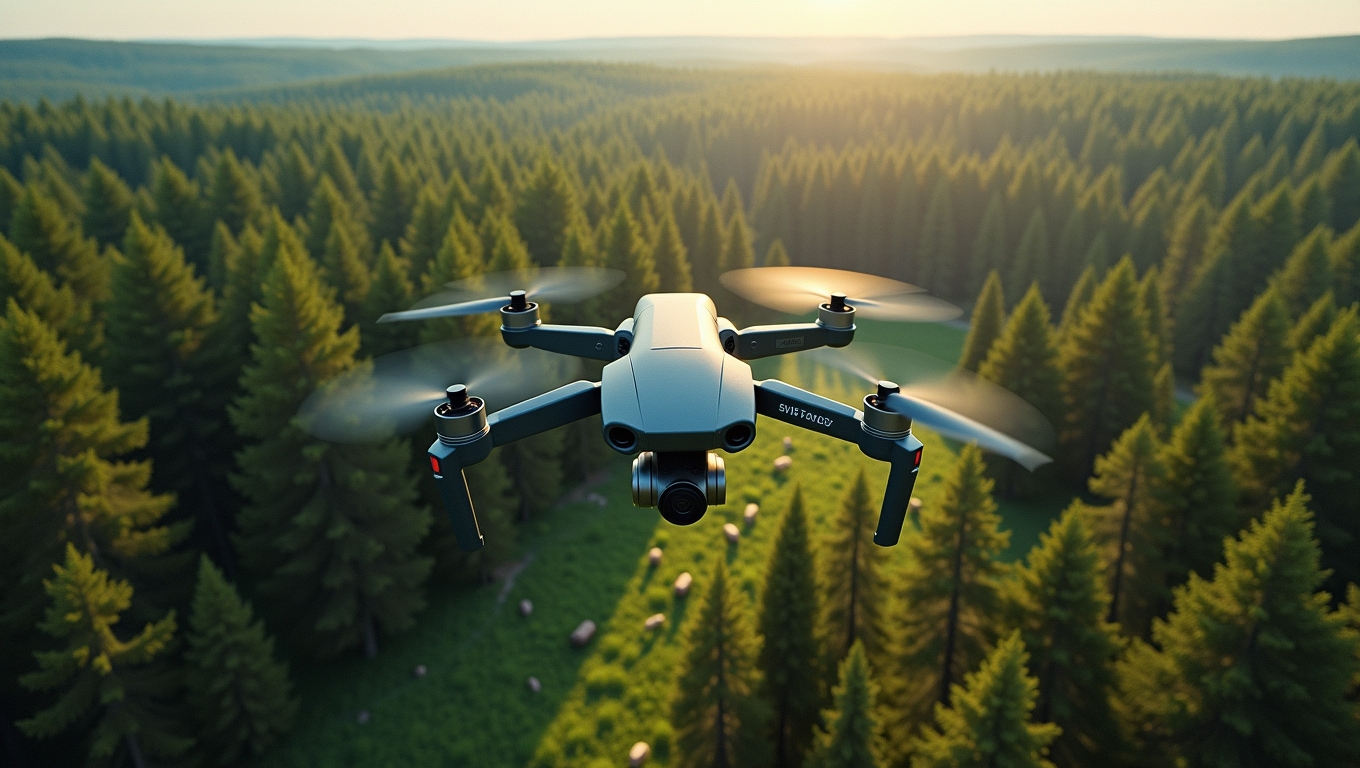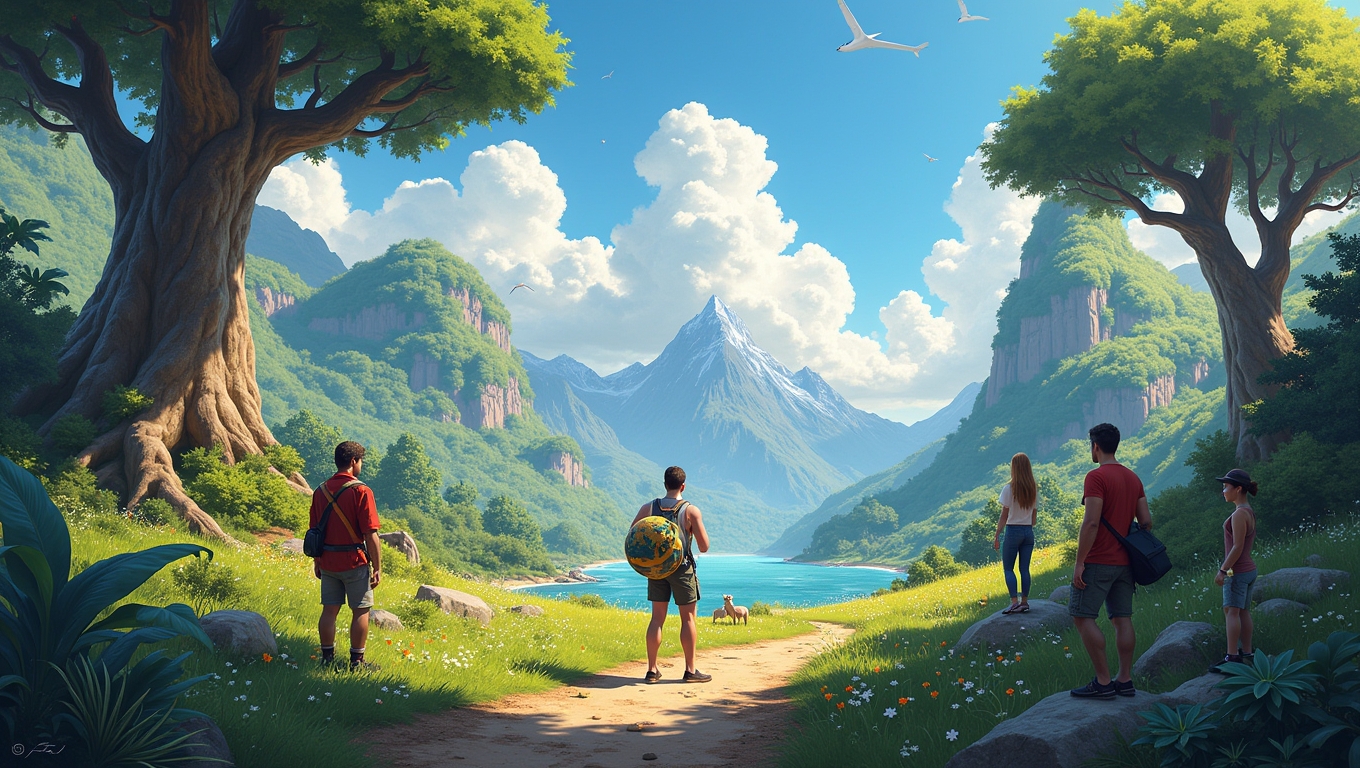Technology changing nature exploration has revolutionized the way we study and interact with the natural world. From advanced mapping tools to innovative wildlife monitoring systems, technology plays a crucial role in enhancing our understanding of ecosystems. The integration of digital tools and devices allows scientists and adventurers alike to gather data more efficiently, making exploration more accessible than ever before.
Innovative Tools for Exploration
One of the most significant advancements in technology changing nature exploration is the use of drones. These unmanned aerial vehicles enable researchers to survey vast areas without disturbing wildlife. Drones equipped with high-resolution cameras can capture images and videos from angles previously impossible for humans to achieve. This aerial perspective provides valuable information on habitat conditions, animal behaviors, and environmental changes.
Moreover, satellite imagery has become an indispensable tool for tracking large-scale ecological changes. Scientists can monitor deforestation, climate change impacts, and urban expansion from space. This technology allows for real-time data collection, helping researchers make informed decisions about conservation efforts.


Wearable Technology and Wildlife Tracking
Another fascinating aspect of technology changing nature exploration is the use of wearable technology. Biologists are now using GPS collars and tracking devices to monitor wildlife movements and behaviors. These devices provide critical data on migration patterns, feeding habits, and habitat use. By understanding these patterns, conservationists can develop targeted strategies to protect endangered species and their habitats.
In addition, mobile apps are empowering amateur naturalists and explorers. Applications that allow users to identify plants and animals in real time have made nature exploration more interactive and educational. With just a smartphone, anyone can contribute to citizen science projects by recording their observations and sharing data with researchers.
The Role of Virtual Reality and Augmented Reality
Virtual reality (VR) and augmented reality (AR) are also making waves in the field of nature exploration. These technologies provide immersive experiences that allow users to explore remote locations without ever leaving their homes. For example, VR can simulate a hike through a national park, while AR can overlay information about local flora and fauna onto the user’s real-world environment. This innovative approach to exploration fosters a deeper connection to nature and raises awareness about environmental issues.
In conclusion, technology changing nature exploration is not just a trend; it’s a fundamental shift in how we engage with the environment. As we continue to innovate and integrate new tools into our exploration efforts, we open doors to greater understanding and preservation of our planet. The future of nature exploration looks bright, thanks to the advancements in technology that enable us to explore, learn, and protect the natural world more effectively than ever before.
Some content and/or images on this page were created using AI.





